When you’re trying to cut costs or stretch your budget, it’s easy to think of every purchase as a drain on your wallet. But some items are more like investments—they save you money, time, or energy almost immediately. The best purchases are the ones that start paying for themselves within just a few weeks. Whether through energy savings, convenience, or cutting recurring expenses, here are 15 items that quickly earn their keep.
1. A Programmable Thermostat

A programmable or smart thermostat can significantly reduce your energy bill by automatically adjusting the temperature in your home based on your schedule. You can program it to lower the heat or AC when you’re away or asleep and bring it back to a comfortable level before you return. This means less wasted energy and a much lower utility bill, often within the first month of use.
According to the U.S. Department of Energy, turning your thermostat back 7°-10°F for 8 hours a day from its normal setting can save as much as 10% a year on heating and cooling. Many modern smart thermostats can even learn your habits and optimize your settings, meaning the device quickly pays for itself with consistent energy savings.
2. A Bidet Attachment
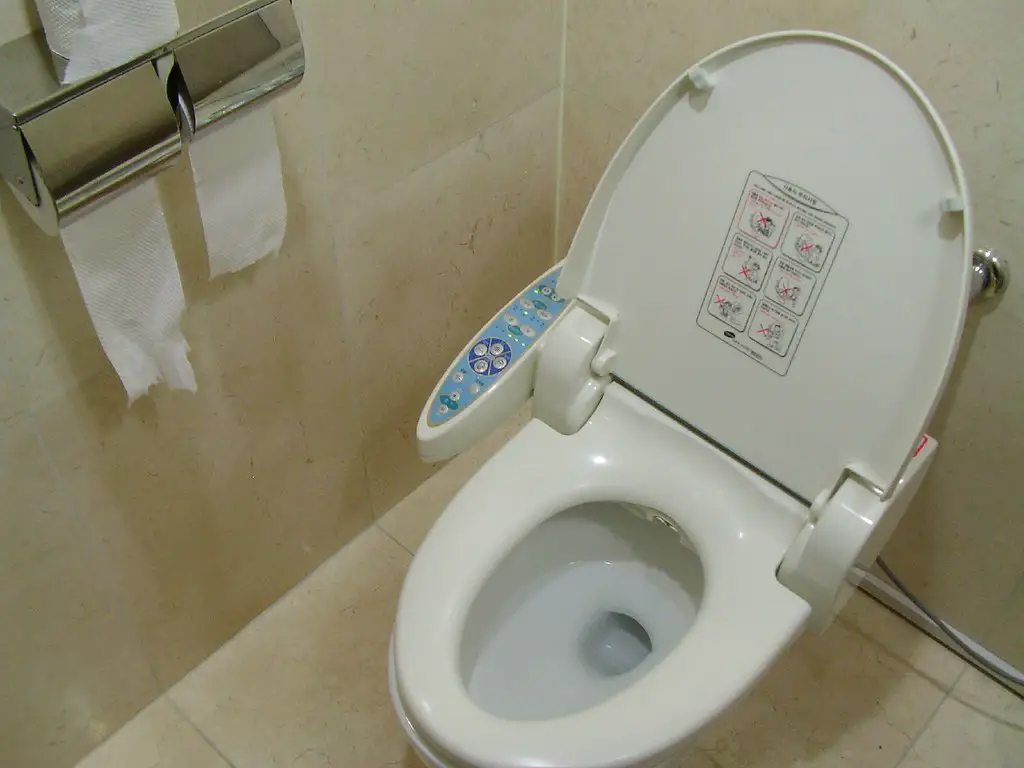
Bidet attachments for toilets are affordable and easy to install. They reduce or eliminate the need for toilet paper, which can save you significant money over time. Most people are surprised by how much toilet paper a household goes through in a month—and once you cut back, the savings add up quickly.
In fact, some estimates suggest households can save between $80–$120 per year on toilet paper with a bidet. According to Wirecutter, a simple bidet attachment costs around $30–$60, which means it could pay for itself in a matter of weeks, especially in larger households.
3. A Water Filter Pitcher or Faucet Filter
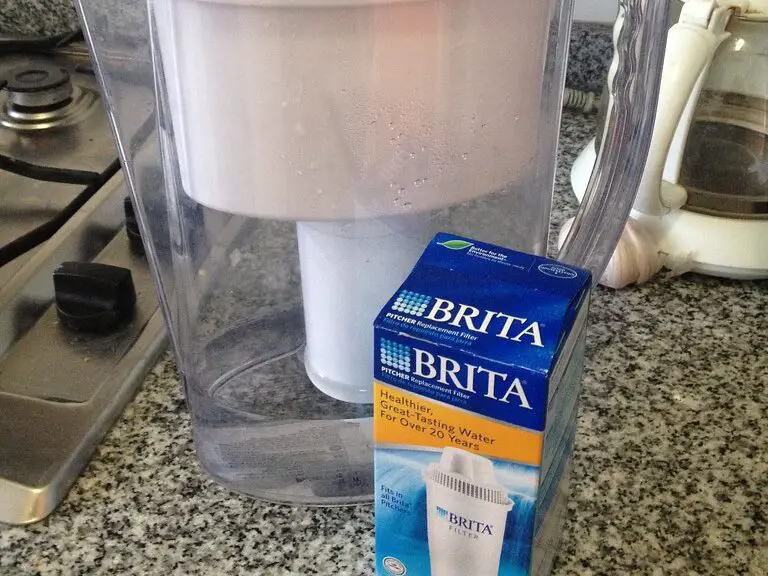
Buying bottled water regularly adds up quickly, especially if you’re trying to avoid tap water due to taste or safety concerns. A simple water filter pitcher or faucet-mounted filter can remove chlorine, lead, and other impurities while providing great-tasting water straight from the tap.
The Environmental Working Group notes that tap water in the U.S. is regulated and generally safe, but filtering can improve taste and peace of mind. With a filter pitcher costing around $25 and a typical 24-pack of bottled water running $5 or more, it doesn’t take long before your investment pays off.
4. Reusable Food Storage Bags

Replacing disposable plastic sandwich and freezer bags with reusable silicone or PEVA alternatives can drastically cut down on your kitchen waste and recurring purchases. These eco-friendly options are durable, easy to wash, and perfect for everything from school lunches to leftovers.
One pack of reusable food storage bags can replace hundreds of single-use bags. According to Real Simple, a family using just five plastic bags per day could go through over 1,800 bags in a year. With reusable options available for around $15–$20, they easily pay for themselves within weeks of regular use.
5. A Coffee Maker
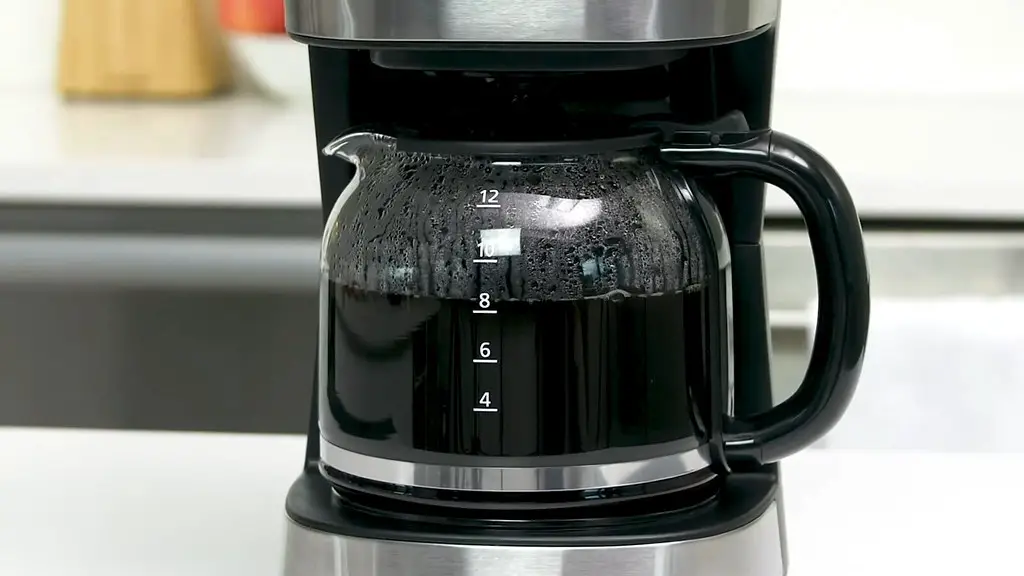
If you’re grabbing coffee from a café every day, the costs add up fast. A decent coffee maker costs less than $50 and can replicate your favorite brews at home. Add in a milk frother or flavored syrups, and you’ve got café-style drinks for a fraction of the price.
Once you start making coffee at home, the daily savings become obvious. Even skipping one $5 coffee per weekday means saving around $100 a month. Within just two to three weeks, your initial investment is covered, and everything after that is extra money in your pocket.
6. Rechargeable Batteries
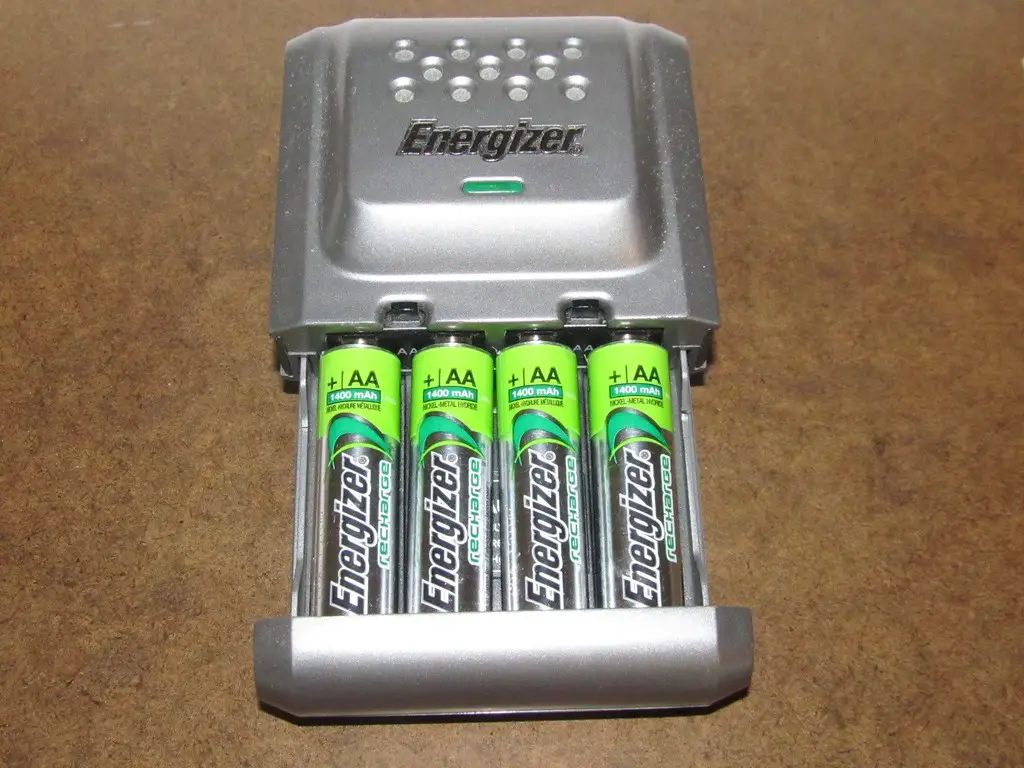
Many household gadgets still rely on AA or AAA batteries, and replacing them constantly can get expensive. Rechargeable batteries offer a sustainable and cost-effective solution, especially for high-use items like remote controls, game controllers, and flashlights.
While the upfront cost is higher, most rechargeable batteries can be used hundreds of times. Within a month or so, especially in busy households, they begin to pay for themselves. They’re also more environmentally friendly, cutting down on battery waste.
7. Hair Clippers
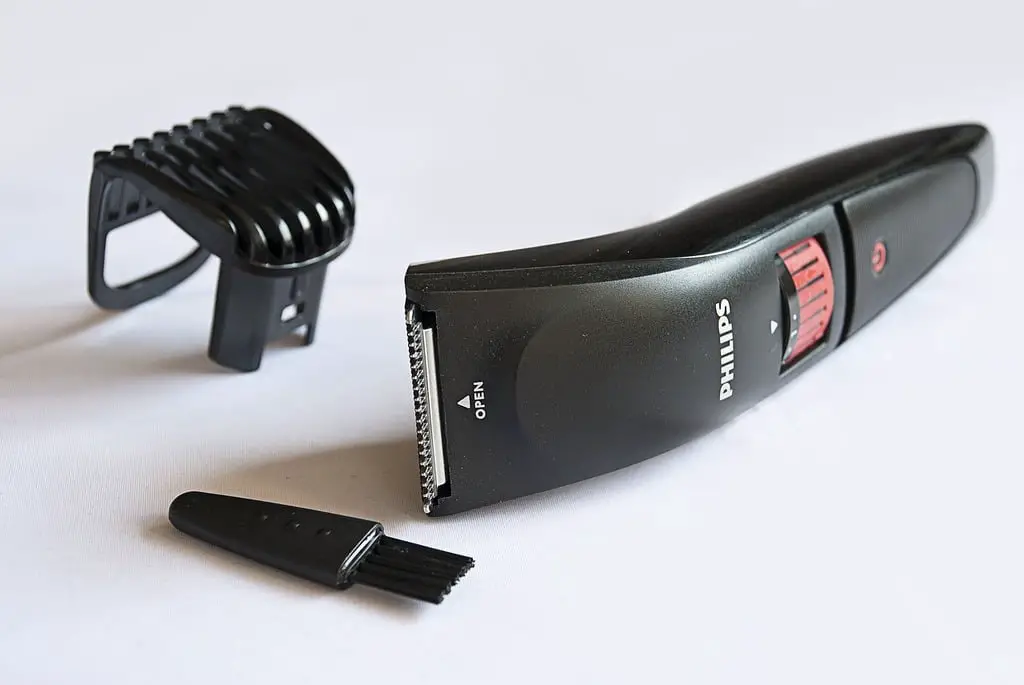
Trips to the barber or salon can cost upwards of $30 each time. If you’re maintaining a short hairstyle or trimming between professional cuts, investing in a pair of quality hair clippers can save you hundreds over the course of a year.
Even if you just use them for in-between maintenance or kids’ haircuts, you’ll make your money back in a few weeks. Tutorials and guides make it easy to learn the basics, and the freedom to cut your own hair on your schedule is a bonus.
8. A Clothes Drying Rack
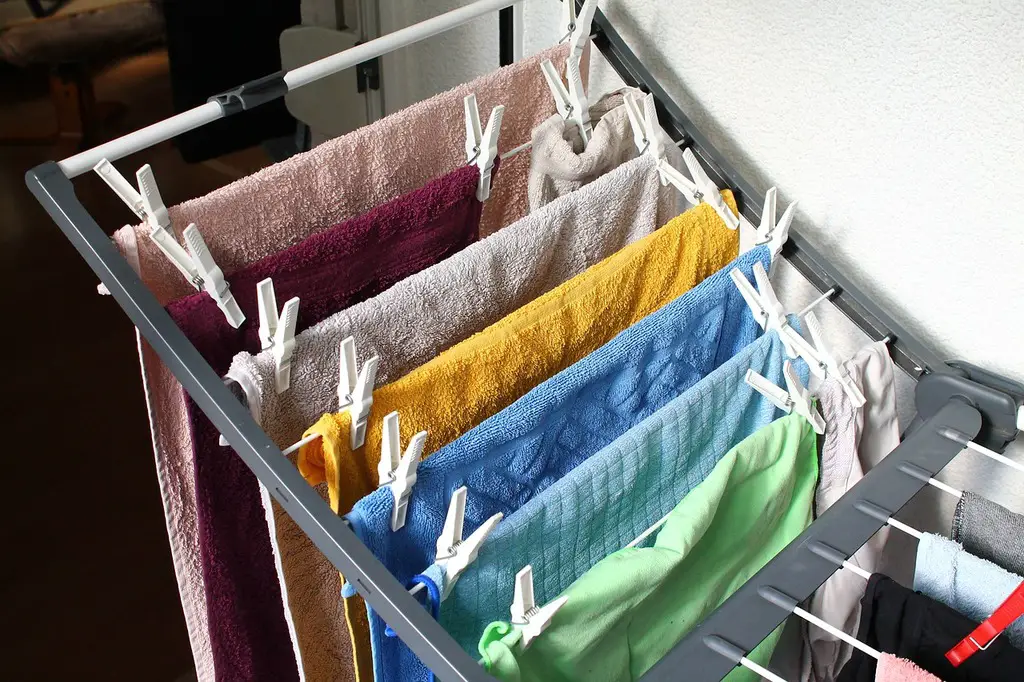
If you’re trying to lower your electricity bill or make your clothing last longer, a drying rack is a smart purchase. Air-drying uses no electricity and is gentler on fabrics, which means your clothes won’t wear out as fast from repeated trips through a tumble dryer.
Drying racks cost around $20–$30 and can start saving you money almost immediately—especially if you’re doing several loads of laundry per week. The added bonus? You’ll likely see less shrinkage and pilling on your favorite garments.
9. A Slow Cooker or Instant Pot

A slow cooker or Instant Pot is a great way to make home-cooked meals with minimal effort, which can seriously cut down on takeout spending. With a little prep, you can set it and forget it, coming home to a hot, ready-to-eat meal.
You’ll likely save $10–$20 per meal by cooking at home instead of ordering out. If you use it two to three times a week, your cooker can pay for itself within the first month. It’s especially great for budget-friendly meals like soups, stews, and bulk-cooked grains or beans.
10. A Quality Chef’s Knife

Chopping, slicing, and dicing becomes much easier and more enjoyable with a sharp, quality knife. It also encourages more home cooking—once you’re not struggling with dull tools, prepping meals feels faster and less frustrating.
A good knife doesn’t have to cost a fortune, but it can make a huge difference in how often you cook instead of ordering in. Within a few weeks of skipping takeout and cooking at home more often, the knife will have paid for itself many times over.
11. A Home Exercise Mat

If you’re working out at home, a high-quality exercise mat can turn your living room into a gym. It adds comfort and support to everything from yoga to strength training, making it easier to stick to a fitness routine and cancel that expensive gym membership.
For under $40, you can get a durable mat that supports regular workouts. Skip just a few group fitness classes or gym visits, and the mat has already paid off—plus, you’re investing in your health, which is always a win.
12. Dryer Balls

Wool dryer balls replace fabric softener and dryer sheets while reducing drying time. They help separate clothes in the dryer and absorb moisture, speeding up the process naturally. This means savings on both energy and recurring purchases.
Dryer balls typically last for hundreds of loads and cost less than $20. If you’re using them consistently, you’ll see noticeable savings on your energy bill and skip buying softeners or sheets altogether. They’re especially handy in households that do frequent laundry.
13. A Reusable Water Bottle
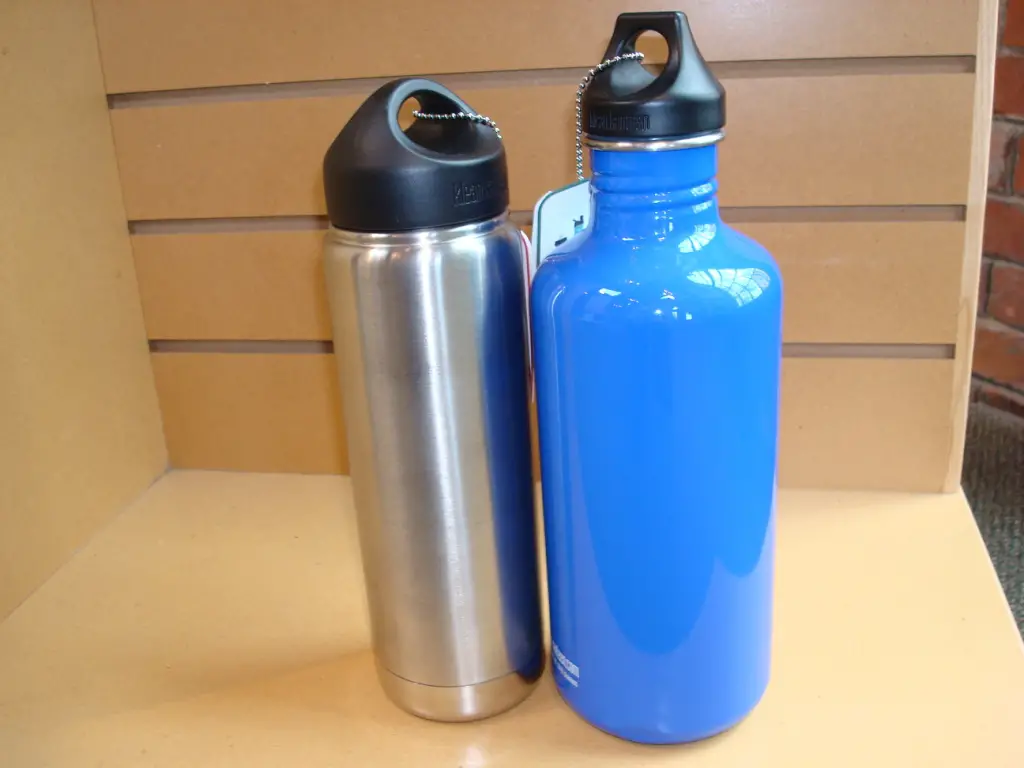
Buying bottled water while out and about adds up, and it’s terrible for the environment. A reusable water bottle can cut those costs immediately. Fill it up at home, work, or even public water stations to stay hydrated for free.
Whether stainless steel, BPA-free plastic, or glass, a decent water bottle costs under $30. In just a few weeks of replacing store-bought beverages, you’ll make that money back—and reduce your plastic waste while you’re at it.
14. A Shoe Repair Kit

Fixing minor shoe issues at home can save you from needing a whole new pair. A small kit with glue, polish, and replacement laces or inserts can help prolong the life of sneakers, boots, or dress shoes for pennies on the dollar.
These kits cost very little but make a big impact. You can delay or avoid new shoe purchases, and with just a couple of DIY fixes, the kit has already paid off. Bonus: your shoes will always look sharp without professional repair costs.
15. A Meal Planning Board
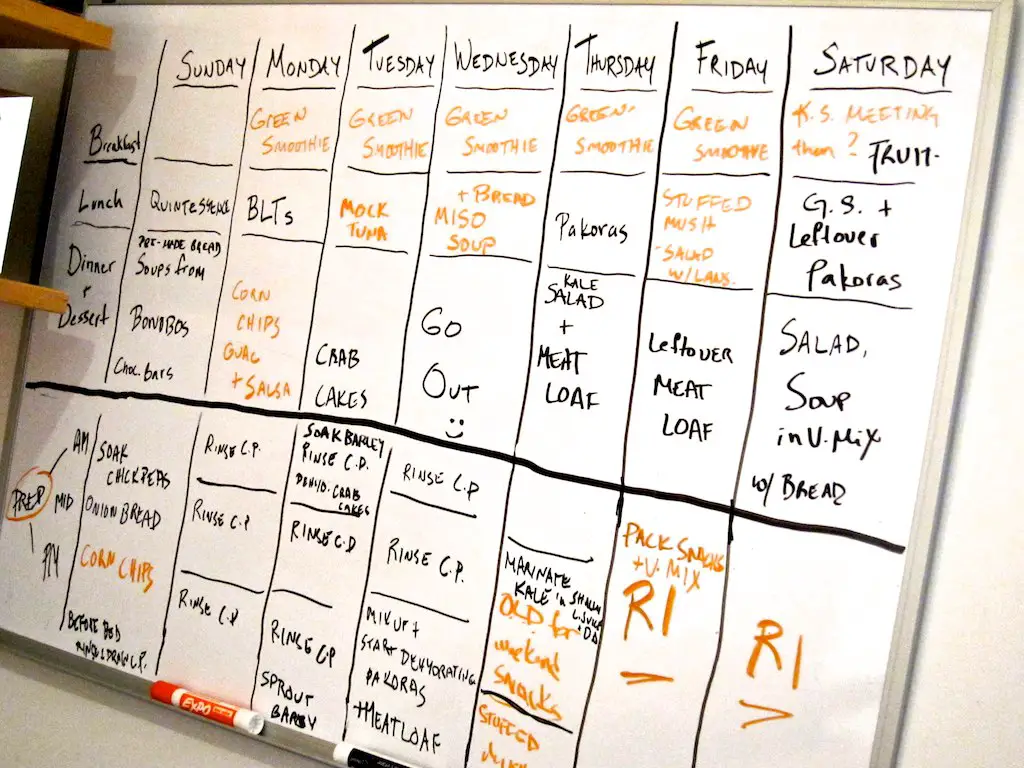
Organizing your weekly meals with a whiteboard or chalkboard system might seem minor, but it can drastically reduce food waste and spontaneous takeout orders. When you know what you’re making each night, you shop more intentionally and cook more consistently.
Most people find that a visual meal planner helps them use up what they have and stay on track with grocery budgets. For under $20, a simple board pays for itself quickly through fewer wasted groceries and reduced last-minute restaurant spending.
